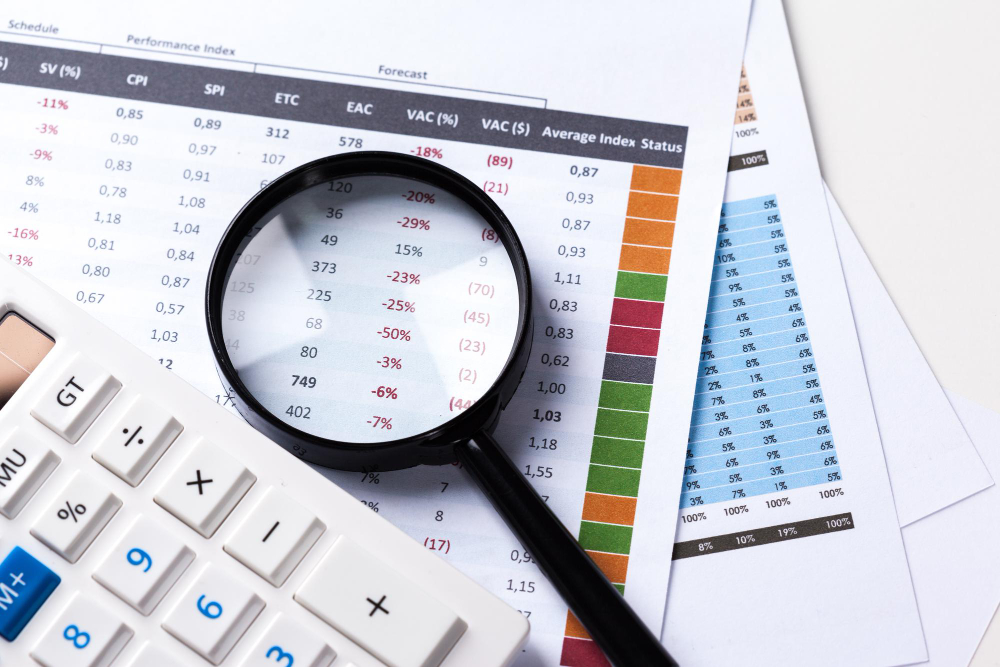
In the world of banking, decision-making is not based on gut feelings or assumptions, but on a detailed understanding of a borrower’s financial health. One of the most effective ways for bankers to gain this understanding is through balance sheet analysis. A well-executed Balance sheet analysis for bankers with the necessary insights to make informed, accurate, and responsible lending decisions. It is the cornerstone for evaluating creditworthiness, assessing risk, and ultimately ensuring the financial stability of the bank and its clients.
What is Balance Sheet Analysis?
Balance sheet analysis involves a thorough examination of a company’s balance sheet, which is a financial statement that summarizes its assets, liabilities, and equity at a specific point in time. By analyzing these elements, bankers can gain insights into the business’s financial position, understand its operational efficiency, and identify potential areas of concern. In essence, the balance sheet reflects the financial backbone of a company, and analyzing it allows bankers to make more informed judgments about the financial health of a borrower.
Why is Balance Sheet Analysis Crucial for Bankers?
For bankers, the primary goal when reviewing a balance sheet is to assess risk and determine whether lending to a particular borrower is a sound financial decision. A business’s balance sheet is an important indicator of its capacity to meet its financial obligations, pay off debt, and generate sufficient cash flow to remain solvent. Analyzing these factors helps bankers understand whether a borrower has the financial stability and liquidity to repay the loan over time.
Furthermore, balance sheet analysis provides valuable insights into the business’s financial strategies. For example, examining the structure of assets and liabilities reveals whether a company manages its resources efficiently or risks financial distress. By evaluating these factors, bankers can decide not only whether to approve or deny a loan but also the terms to offer and whether to require additional collateral to secure the loan.
Key Components of Balance Sheet Analysis for Bankers
A balance sheet typically consists of three primary sections: assets, liabilities, and equity. Each of these components holds critical information that bankers use to assess a company’s financial health.
-
Assets
Assets include everything a company owns or is owed, and they typically categorize into current and non-current assets. Current assets are those that a company can convert into cash within a year, such as cash, accounts receivable, and inventory. Non-current assets represent long-term investments, such as property, equipment, and intellectual property.
For bankers, understanding the quality and liquidity of these assets is crucial. Are the current assets readily available to cover short-term liabilities, or does the company rely on long-term assets that are difficult to liquidate quickly in times of financial strain? By assessing the asset composition, bankers can determine whether the company has enough resources to meet its immediate and long-term obligations.
-
Liabilities
Liabilities represent the debts and obligations a company owes to external parties, which can also be divided into current and non-current liabilities. Current liabilities are due within a year and include accounts payable, short-term loans, and other short-term obligations. Non-current liabilities are long-term debts, such as mortgages, bonds, and long-term loans.
Bankers must examine the company’s liabilities to understand its level of indebtedness and whether it is over-leveraged. An excessive amount of debt relative to equity can be a red flag, signaling that the company may face challenges in meeting its debt obligations. By analyzing these liabilities, bankers can assess the borrower’s risk profile and make informed decisions about the company’s ability to repay its debt.
-
Equity
Equity represents the ownership interest in a company and calculates by subtracting total liabilities from total assets. In essence, equity is what remains for the business owners after they pay off all debts. A strong equity position signals that the company has a solid financial foundation, which helps weather financial downturns or periods of low profitability.
For bankers, equity is a critical factor in assessing risk. A high equity-to-debt ratio suggests that the business has a strong buffer to absorb financial shocks, making it a less risky borrower. Conversely, a low equity ratio indicates that the company is highly leveraged and may be more vulnerable to financial difficulties, especially if its assets lose value or its cash flow decreases.
Conclusion
Balance sheet analysis is an indispensable tool for bankers when making financial decisions. It provides the necessary insights into a company’s financial health, enabling bankers to assess risk, determine creditworthiness, and make informed decisions about loan approvals and terms. By thoroughly analyzing a borrower’s assets, liabilities, and equity, bankers can mitigate risk, ensure financial stability, and help businesses thrive. Ultimately, balance sheet analysis is not just about reviewing numbers; it’s about understanding the financial story behind those numbers and using that understanding to make sound, strategic decisions that benefit both the bank and its clients.







